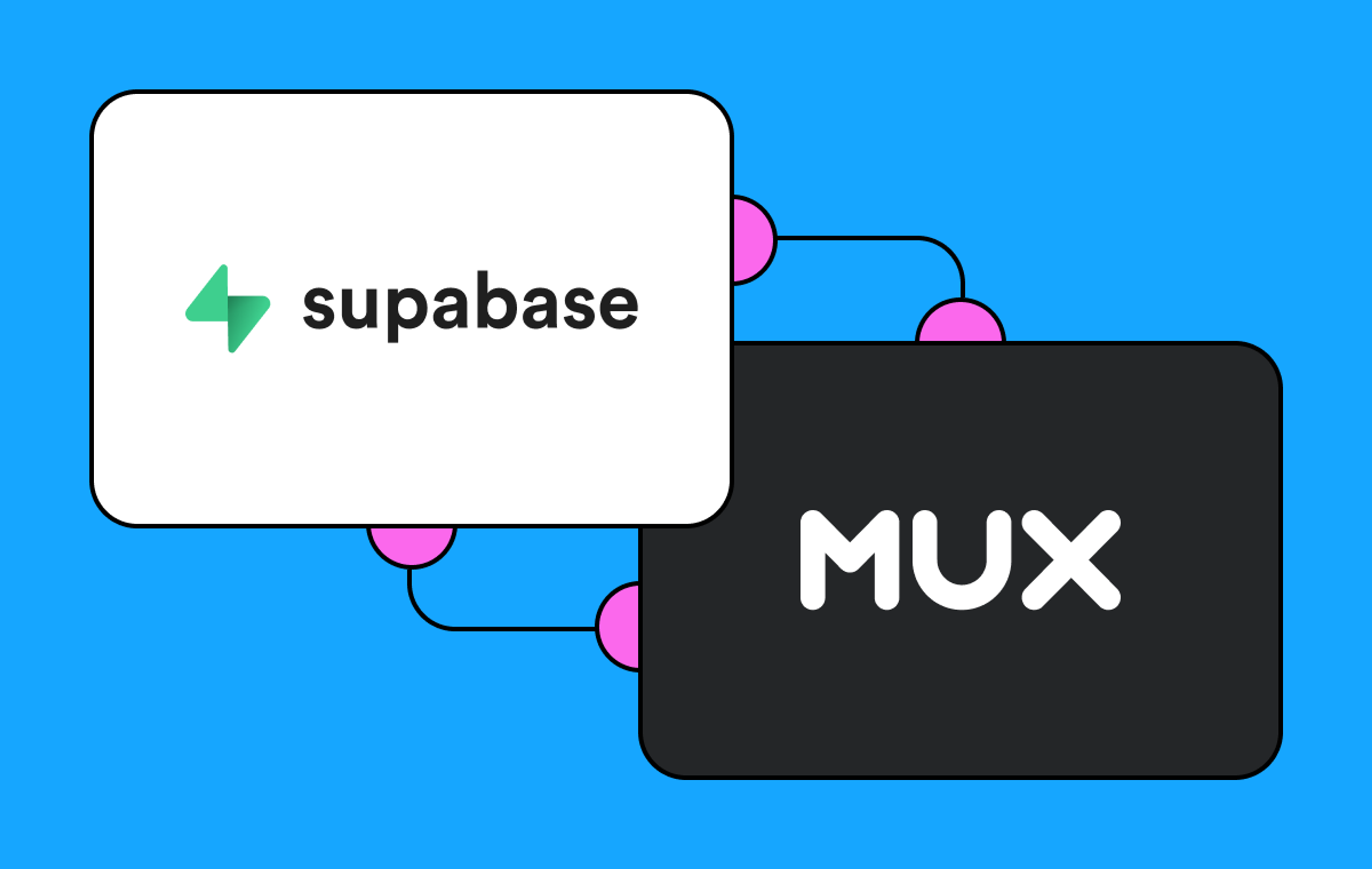I've been spending a lot of time lately talking with customers (and in blogs) about advertising and how it impacts streaming video platforms, both the impact on viewer experience and how Quality of Experience (QoE) influences the revenue that advertising generates. One constant I’m hearing in those conversations has been that visibility into the quality of their ad delivery is among their highest priorities. It’s crucial for their operators to have this data so they can use it to make their services more reliable and profitable.
The complexity of ad QoE
Monitoring the quality of experience for ad delivery is difficult. Let’s break down why. When streaming video that includes ads, often two (or more) systems are involved in delivering the video.
The main video content is delivered to the viewer using the infrastructure the video platform runs. The ads are delivered from the ads service provider or an ads team to viewers across multiple operating platforms, sometimes even requiring multiple video players.
All these components involved affect a viewer's experience. The difficulty comes when separating the metrics — identifying which QoE data comes from the main video content and which comes from the ads. This is the problem we’ve been working to solve.
Our newest ad metrics
A few months back we introduced baseline ad metrics to track ad delivery and ad errors. Today, we’re excited to announce additional metrics to help you analyze the impact of your advertising. Now you have the ability to report Playing Time, Failures, and Startup Time separately on ads and video content.
Playing Time
Often, the first thing teams want to know is: how much time did viewers spend watching our content and how much watching ads. In Mux Data, we call this metric "Playing Time" because it is the time spent actually watching the video play and excludes the time spent rebuffering, starting up, and other times when the viewer is waiting for content to play.
Streaming providers track playing time for many reasons. For advertising, it’s centered around revenue:
- Revenue Optimization: Tracking playing time data allows streaming video platforms to better understand user engagement and optimize their advertising models. By knowing how long viewers are watching ads and content, platforms can adjust ad placement, duration, and frequency to maximize ad revenue.
- Content Performance: Monitoring content playing time helps platforms determine which shows, movies, and other videos are resonating most with viewers. This data can inform content acquisition, development, and promotion strategies to drive higher engagement.
- Audience Insights: Detailed viewing data allows platforms to build richer user profiles and segment audiences. This enables more personalized recommendations and an overall better user experience.
- Advertising Pricing: The ability to provide advertisers with precise playing time metrics is crucial for commanding higher ad rates and justifying the value of the platform's advertising inventory.
Mux Data already collects and aggregates “Playing Time”. We have added two new metrics: “Content Playing Time” and “Ad Playing Time” which track the time spent playing content and ads respectively. “Ad Playing Time” includes any time spent playing video during an ad break. “Content Playing Time” includes the rest of the time spent playing video. These metrics will roll up to the existing “Playing Time” metric.
Failures
If streams fail, over time the viewers and possible advertising revenue are lost. Even if viewers come back in the future, the revenue for the lost sessions cannot be made up. For this reason, it’s imperative that platforms ensure playback is successful and that failures are quickly resolved.
Failures and other operational metrics can cause difficulty for teams because of the integrated experience but siloed operations of ads in content.
For many services, stream failures most frequently occur going into or coming out of ad breaks. It could be a problem with the ad playback in the player or a DRM key expiring as the stream returns from an ad break to play protected content. But it can often be hard to tell the cause just from failure rates spiking during playback.
Additionally, at almost every streaming video platform we’ve talked with, video advertising and video content are run by different teams on different infrastructures, often because the platform is using an ads service like Google IMA, Yospace, or MediaTailor. Even for large platforms with their own in-house advertising platforms, the teams running the services have operators who are specialized in their domain.
Identifying failures as coming from ad breaks or content playback allows those failures to be routed to the correct operational teams in less time. Reducing the time to diagnosis helps resolve issues as quickly as possible and minimizes the impact on revenue and viewer experience.
Like “Playing Time”, the “Playback Failures” metric has been joined by “Content Playback Failures” and “Ad Playback Failures,” which are fatal failures that occur during an ad break.
Video Startup Time
The time viewers spend waiting for your video to start, called “Video Startup Time”, is important because it is often the first experience viewers have with your video content. If startup is long, the viewers will likely give up trying to watch, leave your platform, and not watch your video at all, leading to a loss of revenue.
A lot of things happen before the video starts playing after a viewer clicks “play”. The content and advertising services need to retrieve manifests that tell them what to play, the video segments need to be downloaded, and all of it queued for playing in the correct order.
Separate video content and ads startup time metrics allow platforms to get important meaningful use from the data:
- User Experience: Excessive startup delays and interruptions caused by ads can negatively impact the viewer experience. By monitoring startup times, platforms can identify and address issues that cause frustrating delays, helping to retain and satisfy their user base.
- Ad Effectiveness: The time it takes for a viewer to reach the actual content impacts the effectiveness of any pre-roll or interstitial ads. Platforms need to understand startup times to optimize ad placement and duration to maximize viewer engagement and ad revenue.
- Content Performance: Lengthy startup times, whether due to ads or other factors, can influence viewer engagement and retention. Tracking this data allows platforms to identify problem areas in their content delivery and make improvements.
- Resource Allocation: Insights into startup latency help platforms understand the technical and infrastructure requirements needed to provide a seamless viewing experience. This informs decisions around server capacity, content delivery networks, and other backend systems.
A single “Video Startup Time” metric for a playback session can mask whether the experienced slowdown was caused by the video content and/or the ads services being slow to respond to the player. Mux Data has had `Preroll Request TIme` and `Preroll Load Time` metrics for a long time which allowed teams to get insight into where in the startup process slowness was occurring. We’ve extended support with the new metrics “Content Startup Time” and “Ad Startup Time” that roll up the total time spent waiting due to each of the request, loading, and downloading processes. These metrics are aggregated together for the total “Video Startup Time” for each view session.
Get started with ad metrics beta
We’re excited to be releasing these new metrics into beta today. Contact us if you’d like to talk in more detail about how we measure these metrics or to get them enabled for your account.
Our ads work continues as we will, over time, continue adding more advertising Quality of Experience insights and will increase support for additional ad providers.
As always, let us know what other metrics or features would be valuable to you, and please share any feedback or questions you may have.



